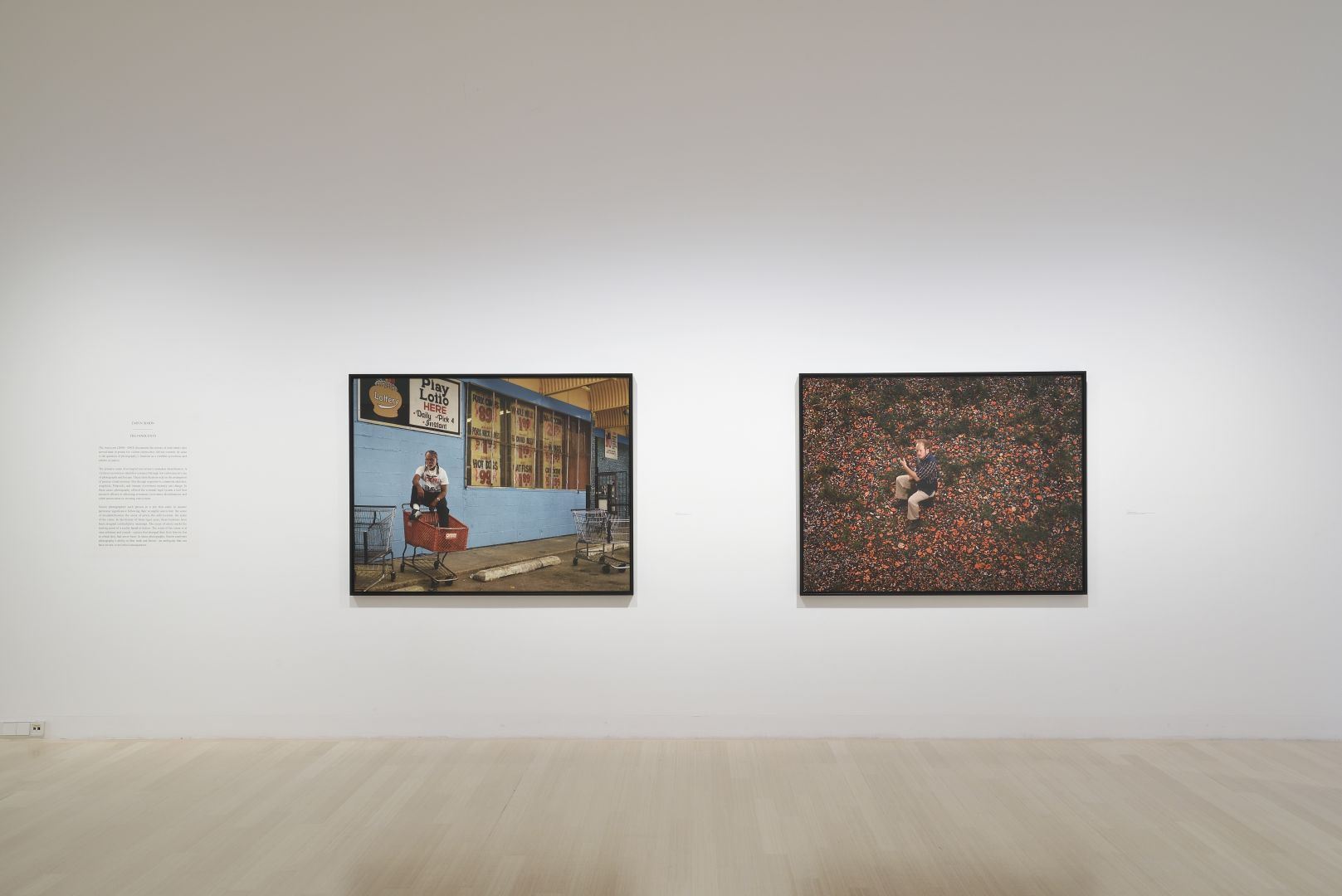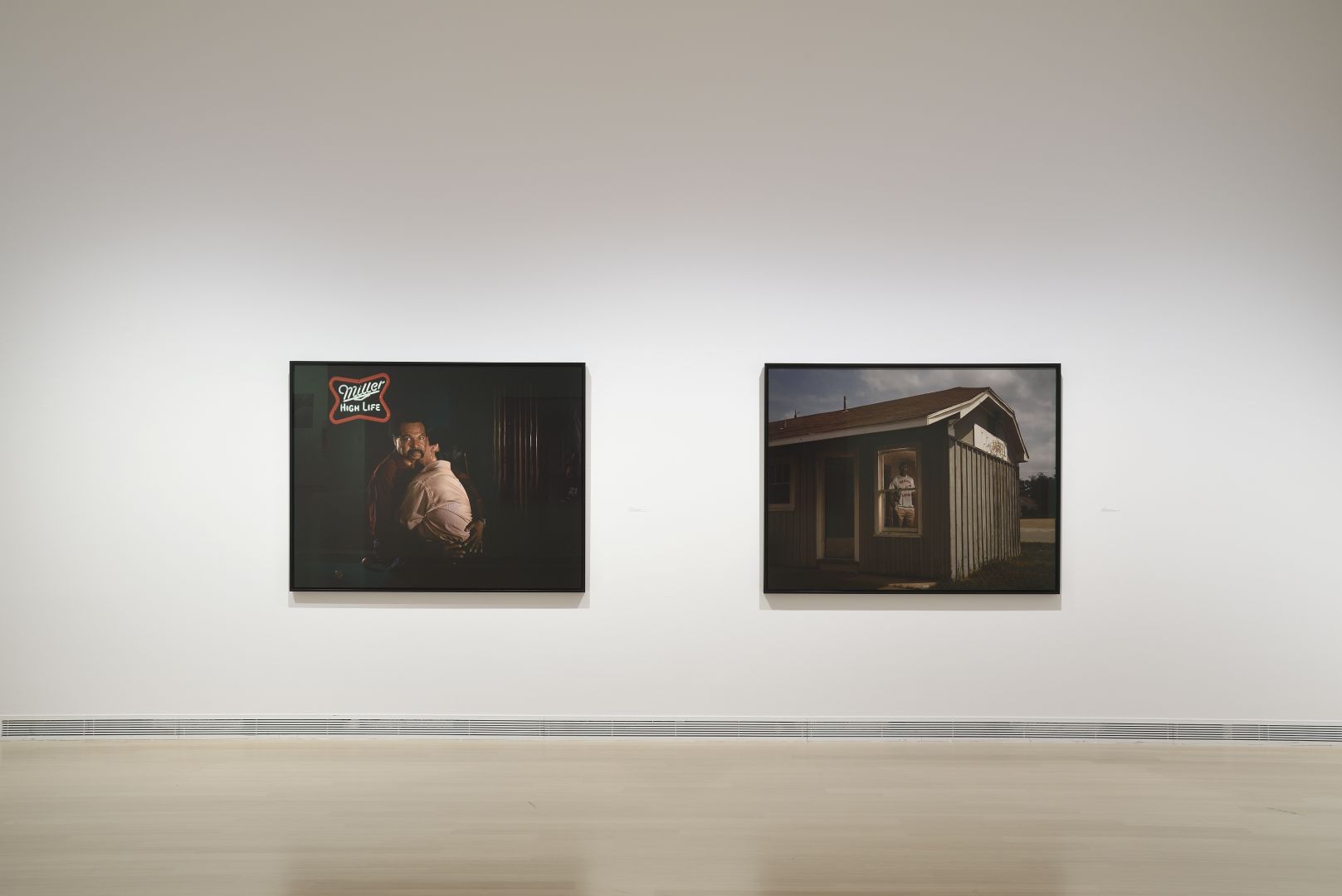Taryn SIMON
The Innocents
Taryn SIMON
The Innocents, 2000–2003
9 pcs C-print; 122 x 157 cm each
Courtesy of Kunststiftung DZ Bank, Frankfurt am Main
© Taryn SIMON
Photo: József ROSTA © Ludwig Museum – Museum of Contemporary Art
Since its inception, directly or in a convoluted manner, photography has been concerned with investigating representation and its relation to the documentary, i.e. pictorial truth. Already in 1850s, photographs were used by various institutions of the modern state (the police, mental asylums, schools, etc.), where “the political technologies of the body” (Foucault) were invented and developed in the following decades. In these cases, photography was a technical means of recording, observing, and analysing human subjects either for scientific reasons or for reasons of control. The police started to use photographs as evidence and proof for the identification of criminals in the 1840s, but the visuality of these pictures was standardized only in the late 1880s. The schism between photography as art on the one hand and its everyday, instrumental use on the other is as old as the technology itself, while its critical reassessment received new impetus from the artistic practices and critical theory of the 1980s. Much of Taryn Simon’s use of photography can be linked to the exploration of the basic premises of this medium within a wide range of social and political contexts which are often related to those institutions of power that started to use photography in the first place (governmental authorities, science, education). In the early 2000s, Simon produced a series (The Innocents) photographing men who – mainly on the basis of misidentification – had served time in prison for violent crimes they did not commit. With the development of science and DNA evidence, these men were exonerated and released, often decades after their conviction. Simon revisits the significant locations with these men – the scenes of the crime, the place of their arrest, the location of their alibi, etc. – and photographs the victims of the malfunctioning law enforcement system at these sites. The series demonstrates the ways in which the objectivity of photographic representation on the one hand, and the objectivity of its usage on the other are deeply intertwined in the social application of the medium
TIMÁR Katalin

